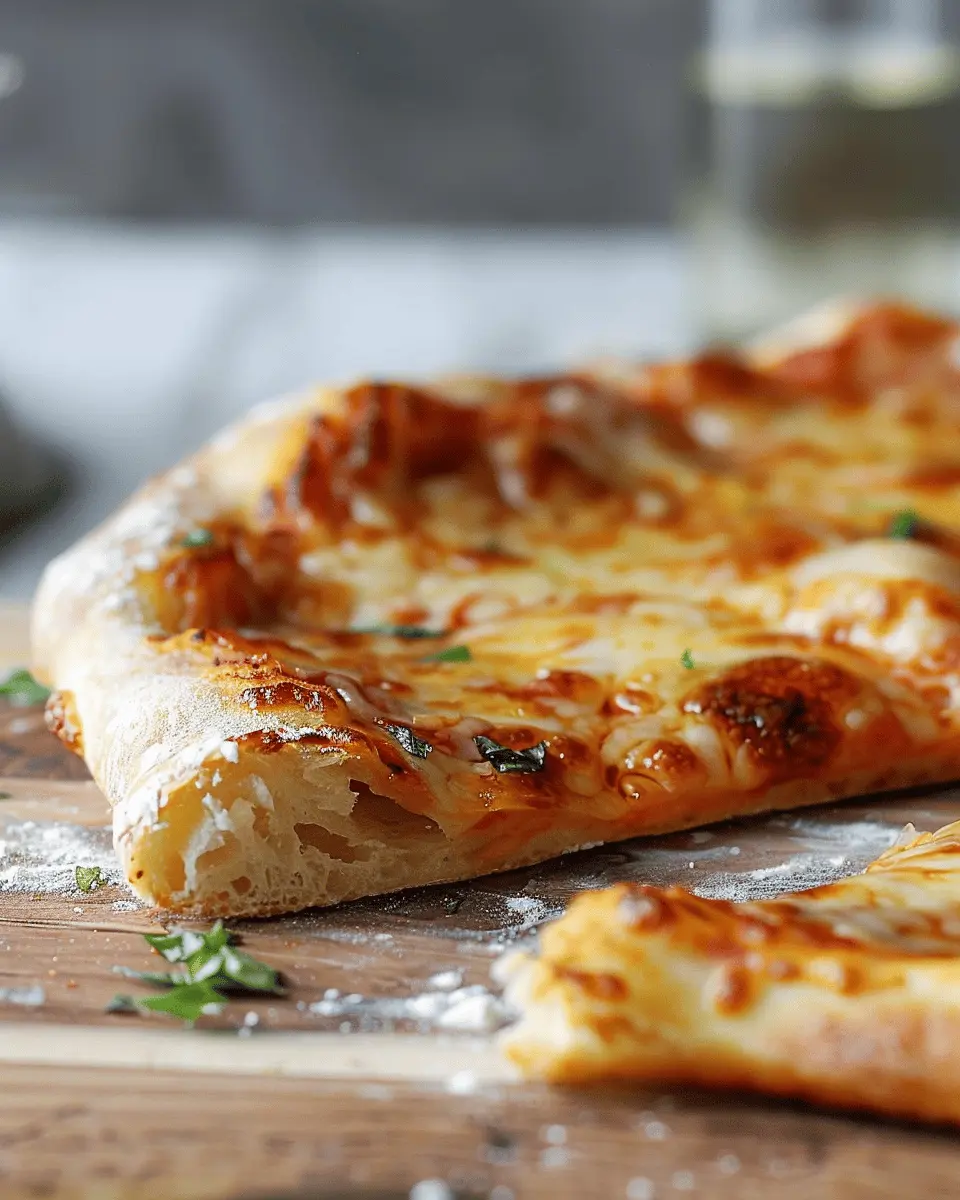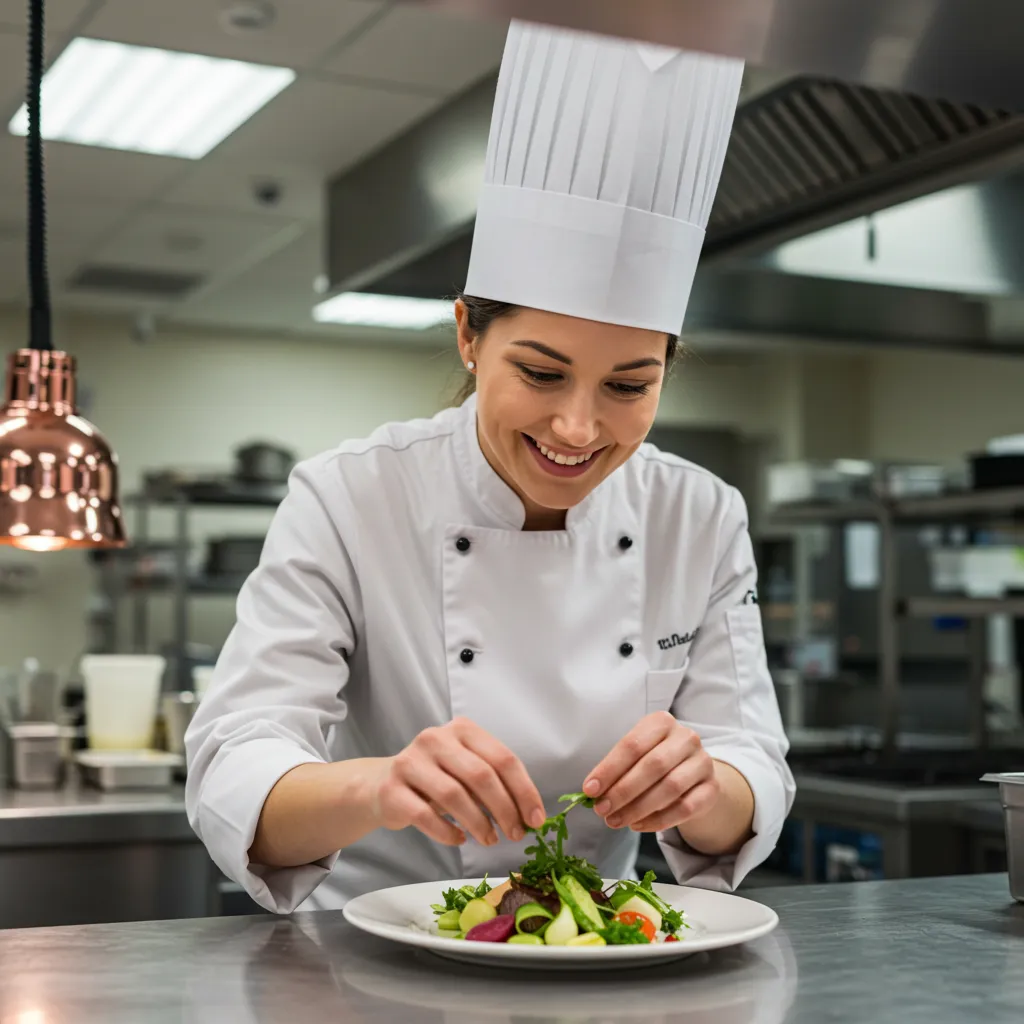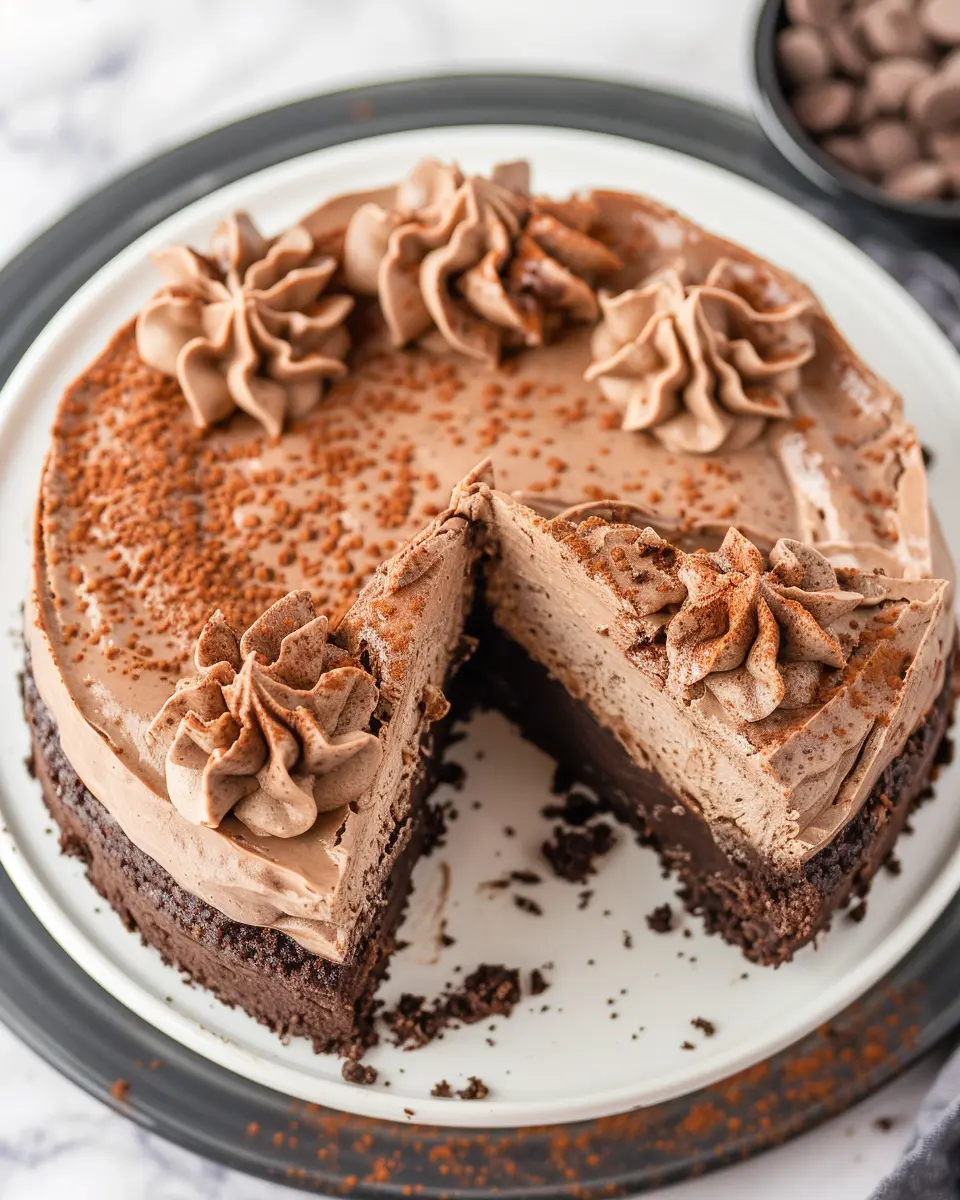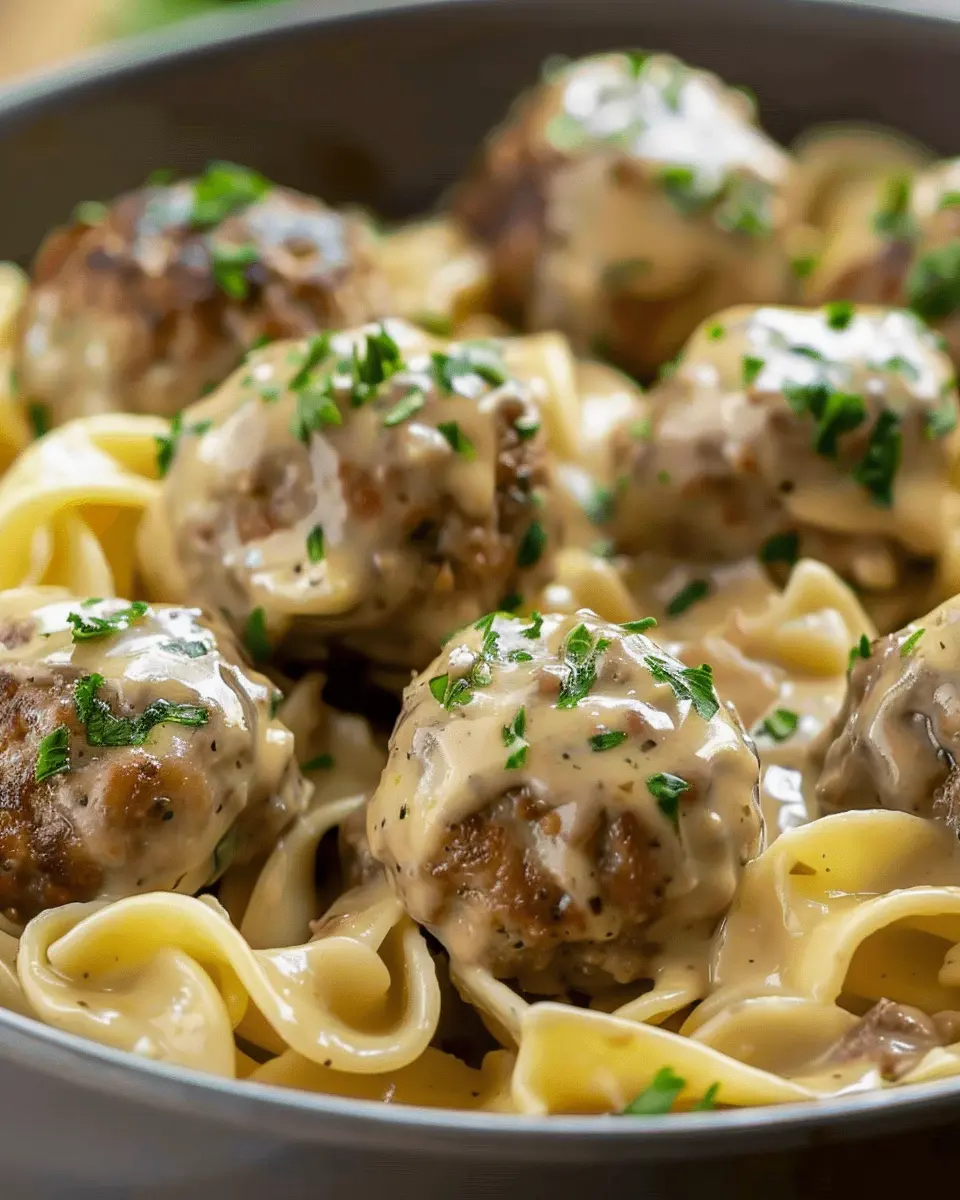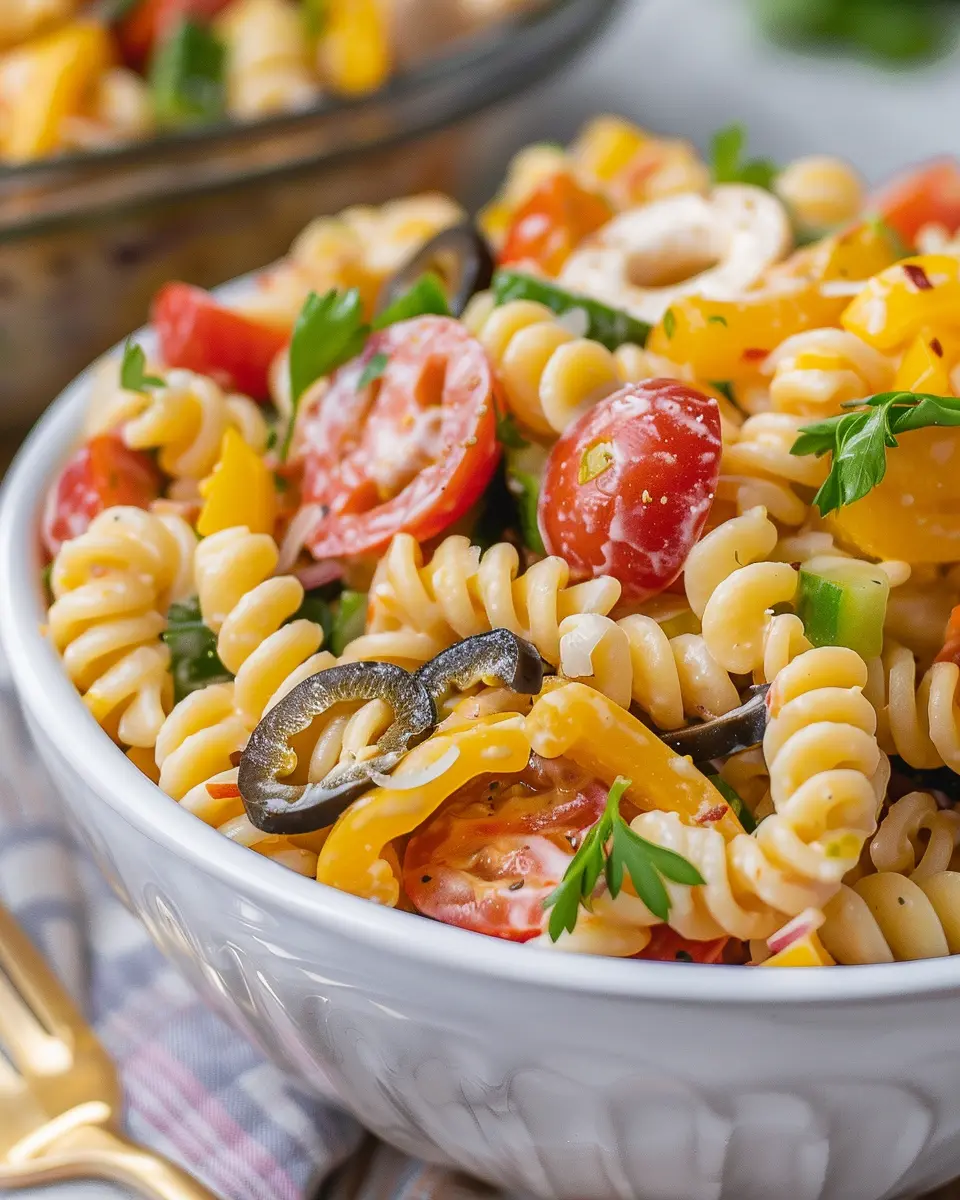Introduction to Artisan Pizza Dough
Why make artisan pizza dough at home?
Have you ever stopped by a pizzeria and marveled at the golden crust, the puffy edges, and the delightful aroma wafting through the air? Making artisan pizza dough at home allows you to recreate that magic in your kitchen. Not only does it give you complete control over the ingredients, ensuring everything is fresh and to your taste, but it also opens the door to a world of creativity. By experimenting with different flours, hydration levels, and fermentation techniques, you can truly make a pizza that reflects your unique flavor preferences.
The joy of creating your own pizza crust
Imagine the satisfaction of kneading dough with your hands, sensing the transformation as it comes together under your fingertips. It’s a tactile experience that brings you closer to your food. Plus, gathering friends or family to share in the pizza-making process makes it an event in itself. There’s something special about the communal joy of choosing toppings together and tossing together a homemade pizza that makes even the simplest gatherings memorable.
What you’ll find in this guide
In this guide, we’re diving into the world of artisan pizza dough. You’ll learn how to make a crispy, chewy, and bubbly crust that rivals your favorite pizzeria. We’ll cover:
- Essential ingredients and their roles in dough development
- Step-by-step instructions for preparing your dough
- Helpful tips for achieving the perfect bake
- Suggestions for pairing with a variety of toppings, from the classic pepperoni to gourmet options like fig and chicken ham
Whether you’re a beginner or an experienced cook looking to refine your skills, this guide is designed to empower you in your culinary journey.
So roll up your sleeves, and let’s embark on this delicious adventure together! By the end, you’ll not only have a fantastic recipe under your belt, but you’ll also feel confident crafting your own unique pizzas. Ready to impress yourself and your guests? Let’s get started!

Ingredients for Artisan Pizza Dough
Crafting the perfect artisan pizza dough starts with a handful of essential ingredients that create that crispy, chewy, and bubbly crust we all crave. Here’s what you need:
Essential ingredients for the perfect dough
- Flour: Use high-protein bread flour for a robust structure. It offers a lovely chewiness that elevates your pizza.
- Water: Opt for filtered water, ideally at room temperature. Hydration is key, affecting the dough’s texture and rise.
- Yeast: Active dry yeast is the go-to for a classic rise. Just make sure to activate it in warm water with a pinch of sugar first.
- Salt: A crucial ingredient that flavors your dough and helps control fermentation. Sea salt or kosher salt works beautifully.
- Olive Oil: Including a splash of extra virgin olive oil enhances texture and contributes to puffiness.
Optional add-ins for flavor enhancement
Looking to level up your artisan pizza dough? Consider these delightful add-ins:
- Herbs: Dried oregano or basil can infuse your dough with savory notes.
- Garlic Powder: A pinch can amplify flavor without overwhelming the palate.
- Honey or Sugar: Just a tiny amount can enrich the taste and aid browning during baking.
For more tips on achieving the ideal crust, check out expert sources like King Arthur Baking. Remember, each ingredient plays a vital role in transforming simple elements into a gourmet pizza experience!
Preparing Artisan Pizza Dough
Creating the perfect artisan pizza dough is a rewarding experience that requires just a few straightforward steps. Trust me, once you master the art of dough-making, you’ll wonder how you ever settled for store-bought. Let’s dive into the delightful process of crafting your very own artisan pizza dough.
Mix the ingredients
The first step is to combine the essentials: flour, water, yeast, and salt. For a chewy and crispy result, I recommend using high-protein bread flour. You’ll need about:
- 500 grams (4 cups) of bread flour
- 325 milliliters (1⅓ cups) warm water
- 2 teaspoons of active dry yeast
- 2 teaspoons of salt
In a large mixing bowl, combine the warm water and yeast, letting it sit for about 5 minutes until it’s frothy. This ensures that the yeast is activated. Next, mix in the flour and salt. Use a wooden spoon or your hands to bring everything together until you form a shaggy dough. If you want to learn more about specific types of yeast, check out sources like King Arthur Baking.
Let the dough rest
Once you have a shaggy dough, it’s time for a little break. Cover the bowl with a damp cloth or plastic wrap and let it rest for 20-30 minutes. This resting period is crucial, as it allows the flour to hydrate fully, making it easier to knead later. Why do we need this? Well, the hydration process can greatly improve the dough’s texture and pliability — essential factors for that ideal artisan pizza dough.
Develop gluten by folding
Now that your dough has had a chance to rest, it’s time to work that gluten magic! Wet your hands to avoid sticky situations, then grab the edges of the dough, stretching and folding it over itself like a letter. Rotate the bowl a quarter turn and repeat. Aim for about 8-10 folds total. This process helps develop gluten, which creates the chewy structure we love in great pizza dough.
Shape the dough for rising
After you’ve folded, it’s time to shape your dough into a ball. Place it in a lightly oiled bowl, rolling the dough around to coat it with a thin layer of oil. This prevents it from drying out during its rise. Cover again with a damp cloth or plastic wrap and set it in a warm area to rise. What’s a warm spot? Your kitchen counter should suffice, or you can even place it in an unheated oven with just the light on.
Rest and wait for the dough to double
Patience is key here. Allow your dough to rise for about 1-2 hours, or until it has roughly doubled in size. This is where the magic happens! As the yeast produces carbon dioxide, your dough will become bubbly and light. If you’re short on time, you can opt for a cold fermentation in the fridge for 24-72 hours, which intensifies the flavor. Consult Serious Eats for more insights on fermentation techniques.
Once your dough has doubled, gently punch it down to release excess gas, and it’s ready to be shaped into your favorite pizza! You can use this dough to create a delicious pizza topped with your choice of fresh ingredients, such as Turkey Bacon and Chicken Ham. The options are endless!
And there you have it! With these straightforward steps, you are on your way to creating a mouthwatering artisan pizza dough that promises to deliver a crispy, chewy, and bubbly crust. It’s a great skill to have in your cooking repertoire, and I promise it’ll impress your friends and family. Enjoy!
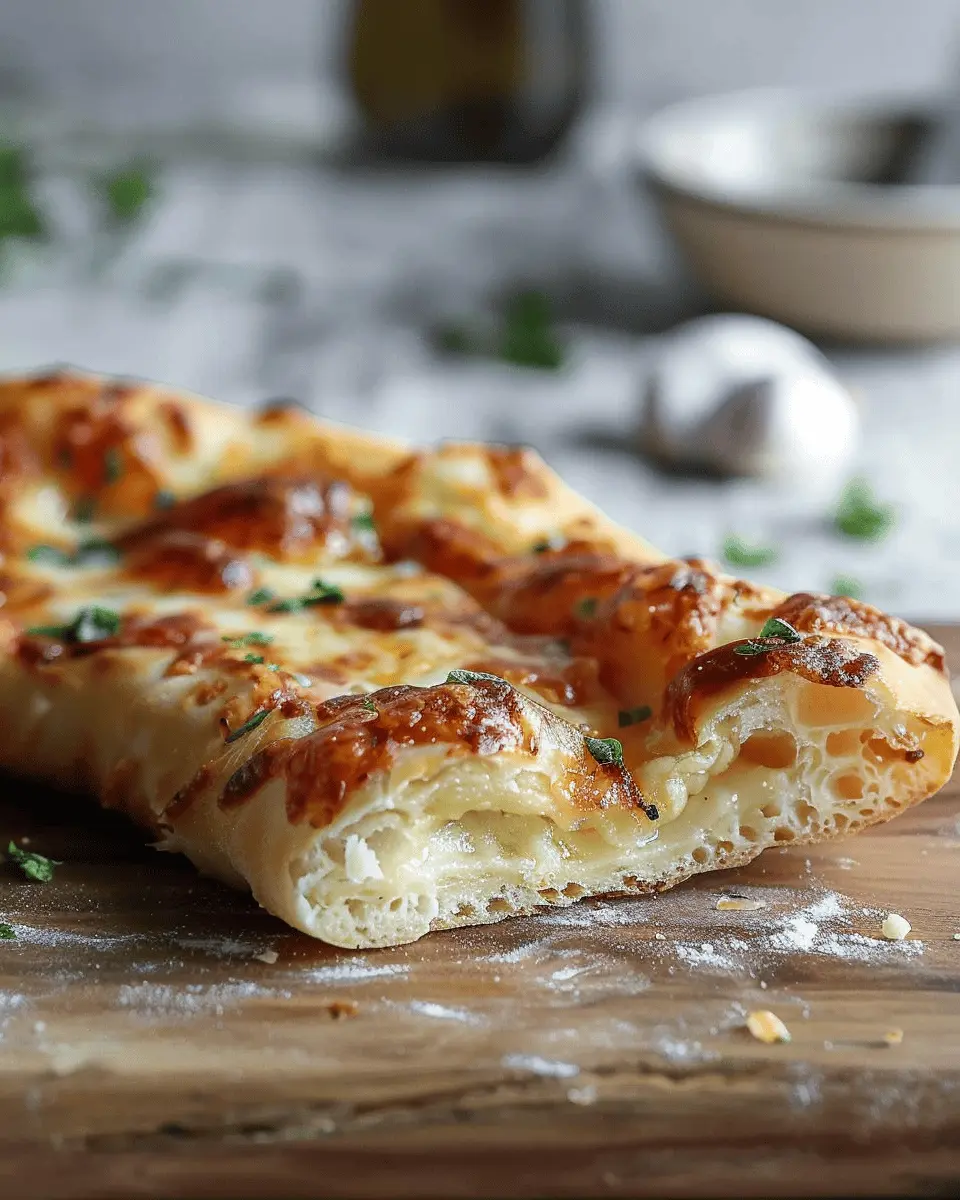
Variations on Artisan Pizza Dough
When it comes to crafting the ultimate artisan pizza dough, there are delightful variations that cater to different tastes and dietary needs. Let’s explore three fantastic options that elevate your pizza game.
Whole Wheat Artisan Pizza Dough
For a healthier twist, consider using whole wheat flour in your artisan pizza dough. Rich in fiber, this dough not only adds a nutty flavor but bumps up the nutritional profile of your pizza. To make this, simply substitute half of the all-purpose flour with whole wheat flour. Keep in mind that it may require a bit more water since whole wheat flour absorbs moisture differently. Paired with fresh vegetables and lean proteins like turkey bacon or chicken ham, you’ll have a nutritious yet flavorful masterpiece.
Gluten-Free Artisan Pizza Dough
Creating a gluten-free artisan pizza dough doesn’t mean sacrificing taste or texture. You can use a blend of gluten-free flours such as almond flour, tapioca flour, and brown rice flour. A popular choice is this recipe from the Gluten Intolerance Group, which recommends adding a binding agent like xanthan gum to achieve that chewy texture we all love. After all, everyone deserves a slice of pizza bliss. Top it off with your favorite toppings, and you won’t even miss the gluten!
Flavor-Infused Artisan Pizza Dough
Looking to jazz up your crust? Try flavor-infusing your artisan pizza dough. Simple additions like minced garlic, fresh herbs (basil, oregano), or even a sprinkle of cheese will elevate the taste. Imagine a garlic herb crust accompanying your classic margherita! For an even bolder touch, a dash of chili flakes can spice things up. These enhancements not only deliver on flavor but also give your pizza a distinctive character.
With these variations, the possibilities are endless. Why not experiment and find your favorite? The world of artisan pizza dough is waiting for your culinary creativity.
Cooking Tips and Notes for Artisan Pizza Dough
Tips for achieving the perfect crust texture
Getting that ideal crispy, chewy, and bubbly crust with your artisan pizza dough is all about timing and technique. Here are some tips to elevate your pie:
- Hydration is key: A wetter dough can yield a lighter, airier crust. Don’t be afraid to experiment with water content to discover your preferred texture.
- Proper kneading: Develop gluten by kneading your dough well. A well-kneaded dough will rise beautifully, enhancing that chewy bite.
- Resting time: Let your dough rise longer. The fermentation process creates flavor and improves texture. Aim for at least one hour, but for better results, consider an overnight rise in the fridge.
Common mistakes to avoid
Even the best chefs make mistakes. Here’s what to watch out for:
- Skipping the preheating: Always preheat your oven and pizza stone to the highest temperature possible to achieve that perfect crust crunch.
- Too much flour: It’s tempting to flour your surface generously, but overdoing it can affect the dough’s ability to rise properly. Use just enough to keep it from sticking.
- Cutting corners on time: Rushing the fermentation process? This can lead to a dense crust lacking flavor. Patience is your friend!
By taking care with your methods, you’ll impress even the hardest food critic. For more tips on dough-making techniques, check out Serious Eats. Happy pizza-making!

Serving Suggestions for Artisan Pizza Dough
Crafting the perfect artisan pizza dough is just the beginning! Once you have that lovely, crispy, chewy, bubbly crust ready, let’s talk toppings. Here are some ideas to elevate your pizza experience.
Classic Topping Combinations
Sometimes, the classics are the best! Here are a few timeless combos to consider:
- Margherita: Fresh mozzarella, basil, and a drizzle of olive oil create a simple yet flavorful masterpiece.
- Pepperoni and Cheese: A crowd-pleaser with melted cheese and spicy turkey pepperoni.
- Chicken Ham and Pineapple: This sweet and savory mix never goes out of style.
Take a moment to explore more topping ideas on Serious Eats.
Creative Topping Ideas for the Adventurous
Feeling a bit more adventurous? Try something unexpected!
- Roasted Vegetables: A medley of seasonal vegetables like zucchini, bell peppers, and red onions for a colorful twist.
- Fig and Goat Cheese: Spread some fig jam, add crumbled goat cheese, and finish with arugula for a gourmet touch.
- Beef and Caramelized Onions: A hearty combination that’s perfect for meat lovers.
Experimenting with different flavors can be surprisingly rewarding. What unique combinations have you tried? Share your favorites!
Time Breakdown for Artisan Pizza Dough
Preparation Time
Making the artisan pizza dough is a breeze! You’ll need about 15 to 20 minutes for preparation. This includes gathering your ingredients and mixing the flour, water, and yeast to kickstart the process.
Rising Time
The real magic happens during the rising time. After mixing, let the dough rest for 1 to 2 hours at room temperature. This step is crucial for developing that lovely flavor and bubbly texture. For an even richer taste, consider letting it cold ferment in the fridge for up to 24 hours.
Cooking Time
When it comes to cooking, your oven will need about 10 to 15 minutes at a high temperature of around 475°F (245°C). This ensures your crust turns crispy while retaining that delightful chewiness.
Total Time
In total, from start to finish, you’re looking at about 1 hour and 45 minutes to 2 hours. Remember, if you cold ferment, your total time can extend to around 24 hours—but trust us, the flavor payoff is worth it!
Ready to create your perfect pizza? Check out Serious Eats for more tips on pizza making!
Nutritional Facts for Artisan Pizza Dough
Serving Size Details
When it comes to enjoying pizza, knowing your portion is essential. A typical serving size of artisan pizza dough is around 100 grams, which is usually about one medium-sized base. This allows for ample toppings while keeping the crust delightful and crispy.
Key Nutritional Values
A serving of artisan pizza dough offers:
- Calories: Approximately 250
- Carbohydrates: 50g (great energy source)
- Protein: 9g (for muscle repair)
- Fat: 2g (including healthy fats if using olive oil)
- Fiber: 2g (aiding digestion)
This wholesome dough is made primarily from flour, water, salt, and yeast, providing essential nutrients. If you’re considering a paleo or gluten-free diet, you might explore alternatives like almond flour or cauliflower crust.
For more detailed nutritional information, visit Healthline or USDA FoodData Central. Embracing artisan pizza dough is a delicious endeavor, and knowing its nutritional profile can help you savor each bite guilt-free!
FAQs about Artisan Pizza Dough
What is high hydration dough and why is it important?
High hydration dough is a type of pizza dough that contains a higher ratio of water to flour, often upwards of 70%. This is a cornerstone of crafting an artisan pizza dough with a beautifully crispy, chewy, and bubbly crust. The increased water content allows for more steam during baking, leading to that desirable airy texture and charred flavor. It’s important because it directly influences the elasticity and extensibility of the dough, making it easier to stretch, shape, and create a crust that will impress any guest.
How long can the dough be stored?
Storing your artisan pizza dough properly is key to maintaining its quality. If kept in the refrigerator, it can last up to 3 days. You might notice the flavors deepening over time, which is a nice bonus! Just be sure to wrap it tightly in plastic wrap or store it in an airtight container to prevent drying out.
Can I freeze artisan pizza dough?
Absolutely! Freezing is a great option if you don’t plan to use your artisan pizza dough right away. Simply shape the dough into a ball, wrap it tightly in plastic wrap, and then place it in a freezer-safe bag. It can be stored for about 3 months. When you’re ready to make pizza, just take it out and let it thaw in the refrigerator overnight, allowing it to come back to life beautifully. For more tips on preserving dough, you might want to check out The Kitchn’s guide on dough storage.
By answering these common questions, we hope you feel more confident diving into your pizza-making adventures! Cooking is all about experimentation, so don’t hesitate to make it your own.
Conclusion on Artisan Pizza Dough
Recap of the Importance of Homemade Pizza
There’s something truly special about creating your own homemade pizza. It allows you to choose fresh, high-quality ingredients that cater to your taste, transforming a simple meal into a delightful experience. Crafting your own artisan pizza dough is a key step in this process, as it sets the foundation for a crispy, chewy, and bubbly crust.
Try Your Hand at Making Artisan Pizza Dough
I encourage you to roll up your sleeves and give this artisan pizza dough recipe a shot! Not only is it fun, but the satisfaction of baking a perfect pie is unparalleled. Plus, you can customize toppings to fit your mood—whether it’s classic turkey bacon or savory chicken ham. For more tips on crafting the perfect pizza, check out Serious Eats for some expert advice. Embrace the art of homemade pizza; you might just discover your new favorite culinary adventure!
PrintArtisan pizza dough: Best recipe for a crispy, chewy, bubbly crust
Learn how to make the perfect artisan pizza dough with a crispy, chewy, and bubbly crust.
- Prep Time: 20 minutes
- Cook Time: 10-12 minutes
- Total Time: 2 hours 30 minutes
- Yield: 2 pizzas
- Category: Pizza
- Method: Baking
- Cuisine: Italian
Ingredients
- 4 cups all-purpose flour
- 1.5 cups warm water
- 1 tablespoon instant yeast
- 2 teaspoons salt
- 2 tablespoons olive oil
Instructions
- In a large bowl, combine warm water and yeast. Let it sit until frothy.
- Add flour, salt, and olive oil. Mix until a dough forms.
- Knead the dough for about 10 minutes until smooth.
- Place the dough in a greased bowl, cover, and let rise for 1-2 hours.
- Preheat the oven to 500°F (260°C) with a pizza stone inside.
- Divide the dough and shape into pizza rounds.
- Add your favorite toppings and bake for 10-12 minutes.
Notes
- Let the dough rise until doubled in size for the best texture.
- Experiment with different toppings for variety.
Nutrition
- Serving Size: 1 slice
- Calories: 150
- Sugar: 0g
- Sodium: 300mg
- Fat: 3g
- Saturated Fat: 0.5g
- Unsaturated Fat: 2g
- Trans Fat: 0g
- Carbohydrates: 28g
- Fiber: 1g
- Protein: 5g
- Cholesterol: 0mg
